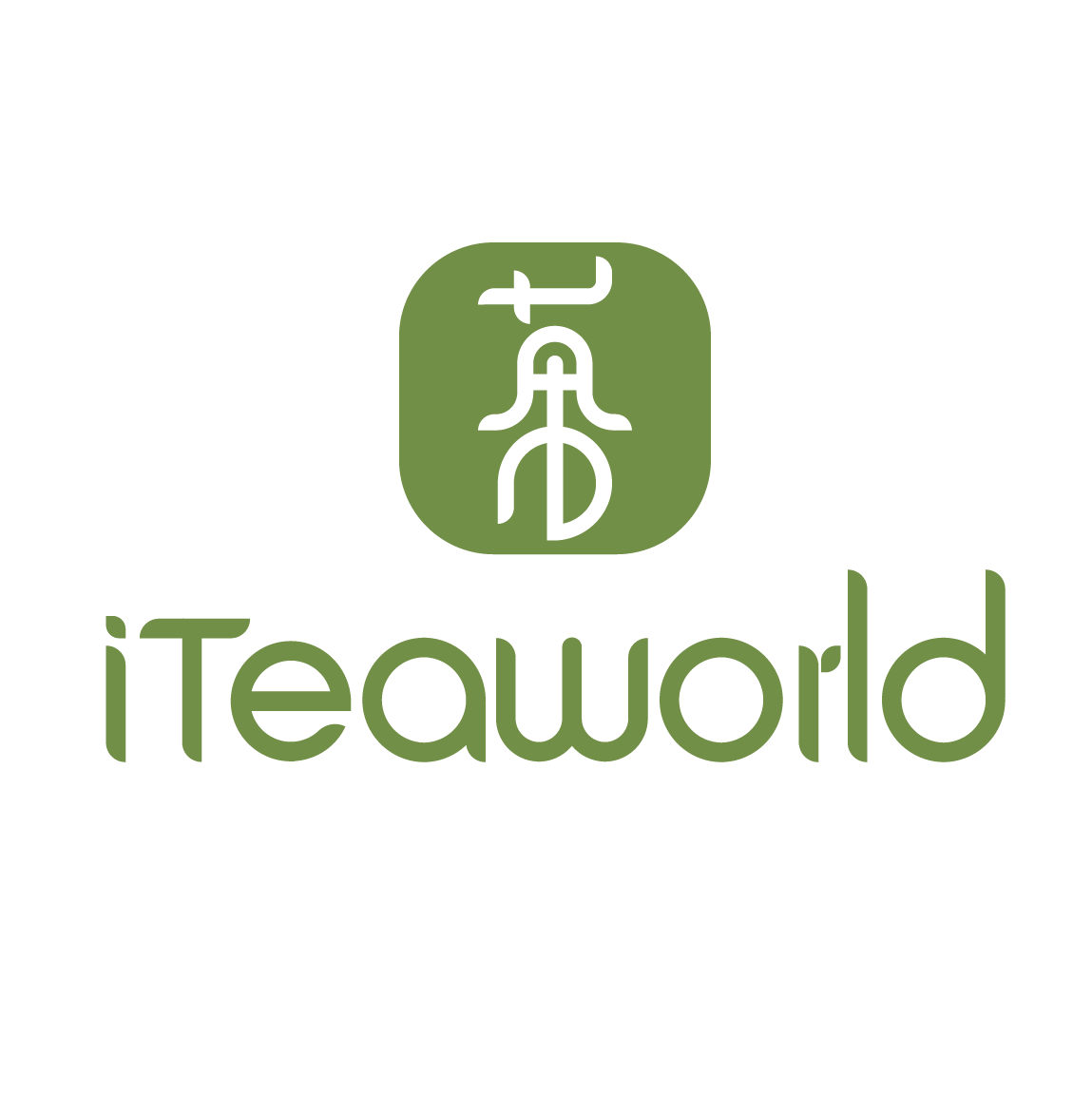В нашем последнем посте мы поделились 5 общими советами по покупке листового черного чая. Эти советы позволят вам быстро выбрать качественный листовой чай. Однако если вы хотите глубже разобраться в качестве листового чая, то вам неизбежно понадобится информация о сорте чая, сезоне и т. д. Эта информация также является неотъемлемой частью критериев оценки качества листового чая.
При покупке чая на вопрос о его сорте вы часто услышите ответ, что это почка и два листочка, весенний чай или чай для дождливого дня. Так что же на самом деле означают эти слова?
iTeaworld стремится предоставлять лучший настоящий китайский листовой чай . Подпишитесь на iTeaworld, чтобы узнать эти связанные с чаем слова!
1. «Одна почка с X листьями»

a.Свежие чайные листья классифицируются на основе их конфигурации: одна почка, одна почка с одним листом (которая напоминает «клюв воробья»), одна почка с двумя листочками, одна почка с тремя листочками или одна почка с четырьмя листочками. В зависимости от того, насколько первый листок расправлен по сравнению со вторым, одну почку с двумя листочками можно дополнительно классифицировать как: полностью открытую, слегка открытую (когда первый листок покрывает половину площади второго), средне открытую (когда первый листок покрывает две трети площади второго) или полностью открытую, когда оба листка одинаковы по размеру. Одна почка с тремя листочками обычно обозначает чай среднего качества, доступный на рынке, в то время как одна почка с четырьмя листочками обычно указывает на более грубый сорт.
Многие люди считают, что единственным критерием качества чая является почка и несколько листьев, что неверно. Это неправда. Почка из нескольких листьев является одним из критериев оценки качества чая. Качество чая также необходимо оценивать по его географическому положению, высоте, сортам чая, технологии сбора чая и процессу приготовления чая.
Например, чай Fenghuang Dancong Oolong от iTeaworld имеет одну почку и два листа. Но он поступает из основного производственного района Phoenix Town, Chaozhou, а чайная плантация находится на большой высоте. Чайная плантация находится на большой высоте, а чайным деревьям 100 лет. Все это делает чай Fenghuang Dancong Oolong очень вкусным. Все, кто его пьет, считают, что это один из лучших чаев в iTeaworld.
2.Разница между весенним, летним и осенним чаем

a.В Китае, за исключением нескольких районов на юге, рост и сбор чая носят сезонный характер. Время сбора урожая может варьироваться от начала мая до конца сентября в северных регионах, от конца марта до середины октября на юге и от конца января до начала декабря на юго-западе.
i.Обычно чаи классифицируются на весенние, летние и осенние в зависимости от времени сбора урожая.
ii. Другая классификация делит чаи на основе солнечных сроков: чаи, собранные от праздника Цинмин до Сяомань, называются весенними чаями; чаи, собранные от Сяомань до Сяошу, называются летними чаями, а чаи, собранные от Сяошу до Ханьлу, называются осенними чаями.
iii.Еще одна классификация основана на определенных месяцах: чаи, собранные до конца мая, считаются весенними чаями; собранные с начала июня до середины июля — летними чаями, а чаи, собранные после середины июля — осенними чаями.
Юг, будучи тропическим, переживает размытые сезоны, что позволяет собирать чай круглый год. Таким образом, помимо традиционной сезонной классификации, чаи делятся на основе раундов нового роста: первый раунд, второй раунд и т. д.
Различные географические широты подразумевают разное время сбора урожая. Даже в пределах одного региона или чайного сада различные факторы, такие как климат, могут сдвигать время сбора урожая на 5-20 дней из года в год.
Из-за смены сезонов условия выращивания чая различаются, что приводит к существенным различиям во внешнем виде и качестве между чаями, собранными в разные сезоны.
3. Чем отличаются чаи разных сезонов?

a.Весенний чай: Обычно относится к первым росткам чайных листьев после зимы. Благодаря накоплению питательных веществ за зиму, весенние чаи, как правило, имеют более толстые листья, более богаты ароматическими соединениями и витаминами и обладают свежим, сильным ароматом. Это качество, наряду с их ограниченной доступностью, часто делает их более дорогими. Например, большинство чаев в пробнике зеленого чая iteaworld — это весенние чаи.
b.Летний чай: собранные в жаркий сезон, эти листья быстро растут, но также могут быстро стареть. Они, как правило, имеют более низкое содержание аминокислот и витаминов, но более высокие уровни катехинов, кофеина и танинов, что приводит к несколько горькому вкусу.
c.Осенний чай: Из-за более сухих и прохладных условий осени эти чаи, как правило, имеют характерный аромат. Они балансируют между весенними и летними чаями с точки зрения цвета, вкуса и аромата, но с точки зрения питательных свойств они не совсем соответствуют весеннему сорту. Осенние чаи, особенно из-за их аромата, обычно используются в производстве улуна. Например, в Oolong Tea Sampler от iteaworld в основном используются осенние чаи 2022 года в качестве основы.
4. Чаи «До Цинмина» и «До дождя»

a.В чайных регионах к югу от реки Янцзы чаи классифицируются по лунному календарю. Чаи «Pre-Qingming» собирают до праздника Цинмин, в то время как чаи «Pre-Rain» собирают после Цинмина, но до периода зернового дождя. Чаи Pre-Qingming, нежные и высокого качества, считаются роскошью, часто с поговоркой, которая приравнивает их ценность к золоту. Например, в ассортимент зеленого чая Iteaworld входит Biluochun, который является чаем Pre-Qingming. Хотя чаи Pre-Rain не такие нежные, как их аналоги Pre-Qingming, их более обильное содержание делает их ароматными и более стойкими при последовательных завариваниях.
Это слова, связанные с чаем, которые вы часто будете видеть, когда будете покупать чай. Надеюсь, эта статья вам поможет. Она поможет вам лучше выбрать листовой чай, который вам нужен.
Помните, что цена на качественный листовой чай в Китае часто недешевая. Вам нужно быть осторожным, чтобы найти качественный чай по правильной цене. Чай iTeaworld — это не дешевый чай. Цены не самые низкие. Но мы можем обещать вам, что наше качество превосходит нашу цену. Добро пожаловать на наш сайт, чтобы купить китайский листовой чай. Мы верим, что не подведем вас!











































































